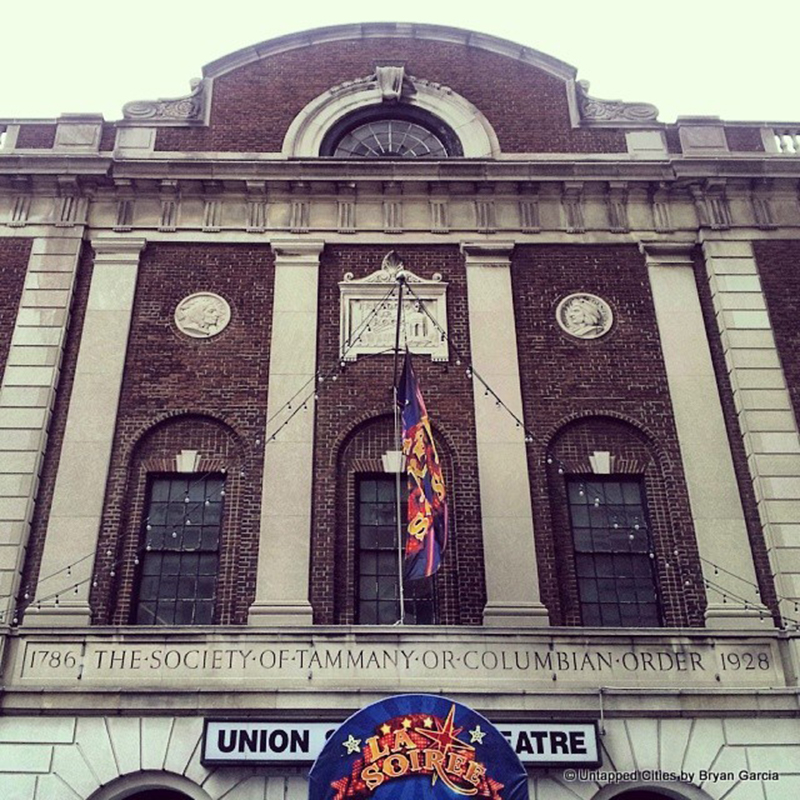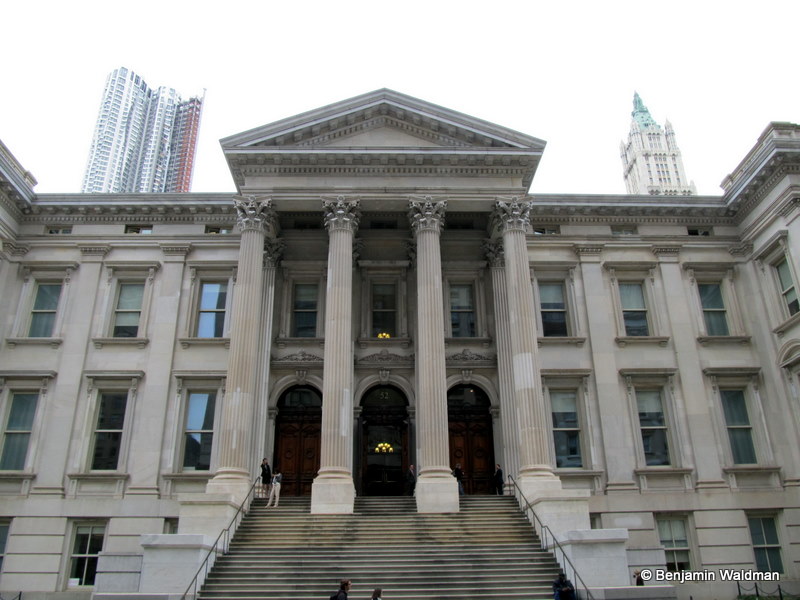
Founded in opposition to the Federalist Party, Tammany Hall was a Democratic Party organization that played a major role in New York City and New York State politics for nearly two centuries. Over the course of the 19th and early 20th centuries, Tammany Hall’s stranglehold over politics grew further as its members garnered the support of many immigrants. While the name Tammany Hall is synonymous with corruption and avarice, the organization also helped countless immigrants, providing aid in exchange for their vote.
Here is a list of the secrets of Tammany Hall:
10. Tweed Courthouse Cost more Than the United States Capitol

In 1858, the New York State Legislature granted “a sum not exceeding $250,000” (close to $6 million today) for the construction and furnishing of New York City’s courthouse. The construction of the building, however was riddled with the kind of graft, bribery and corruption that was hallmark of the Tweed era – such that the final cost totaled to an a exorbitant $13 million (approximately $178 million today). To put this number into context, keep in mind that the purchase of Alaska in 1867 was roughly half of this figure. Moreover, the intricate and grand St. Patrick’s Cathedral cost merely $2 million, and all of the land for Central Park cost New York City $5 million!
It comes as no surprise why the building expenditures were astronomical–the bills were wildly inflated to provide generous sums for kickbacks. Plaster work, which was done by the “Prince of the Plasterers” the grand marshal of Tammany Hall Andrew J. Garvey, cost $3 million. The final expenditure for brooms for the courthouse was $250,000–a sum that matches the total budget allotted to the construction of the whole building! Close to $5 million worth of carpet was ordered, which was enough to cover all of City Hall Park three times over. Moreover, many of the companies billed for carpet that did not even exist. Quarrying the marble for the courthouse, which Tweed had purchased from Massachusetts, also cost more than it had cost to build a courthouse in Brooklyn.
All of these ‘costs’ made the New York County courthouse the most expensive public building in the United States at the time. Ironically, Tweed went to trial in the still incomplete courthouse in 1873, as a result of a campaign led by The New York Times.





